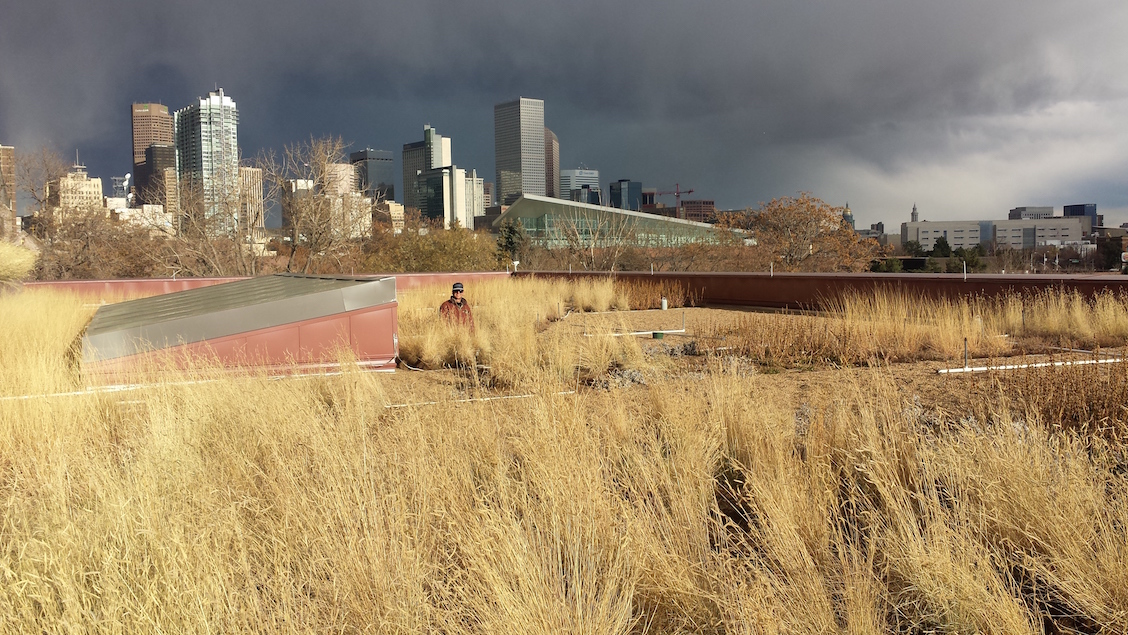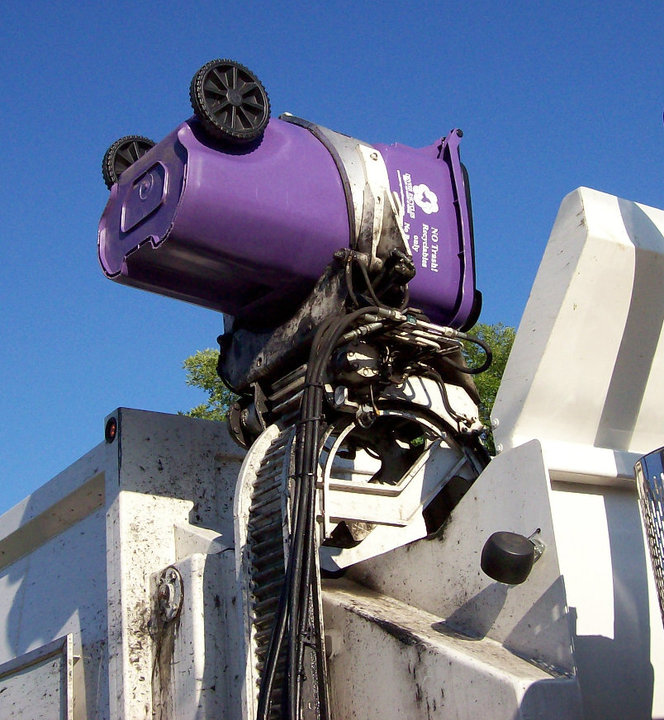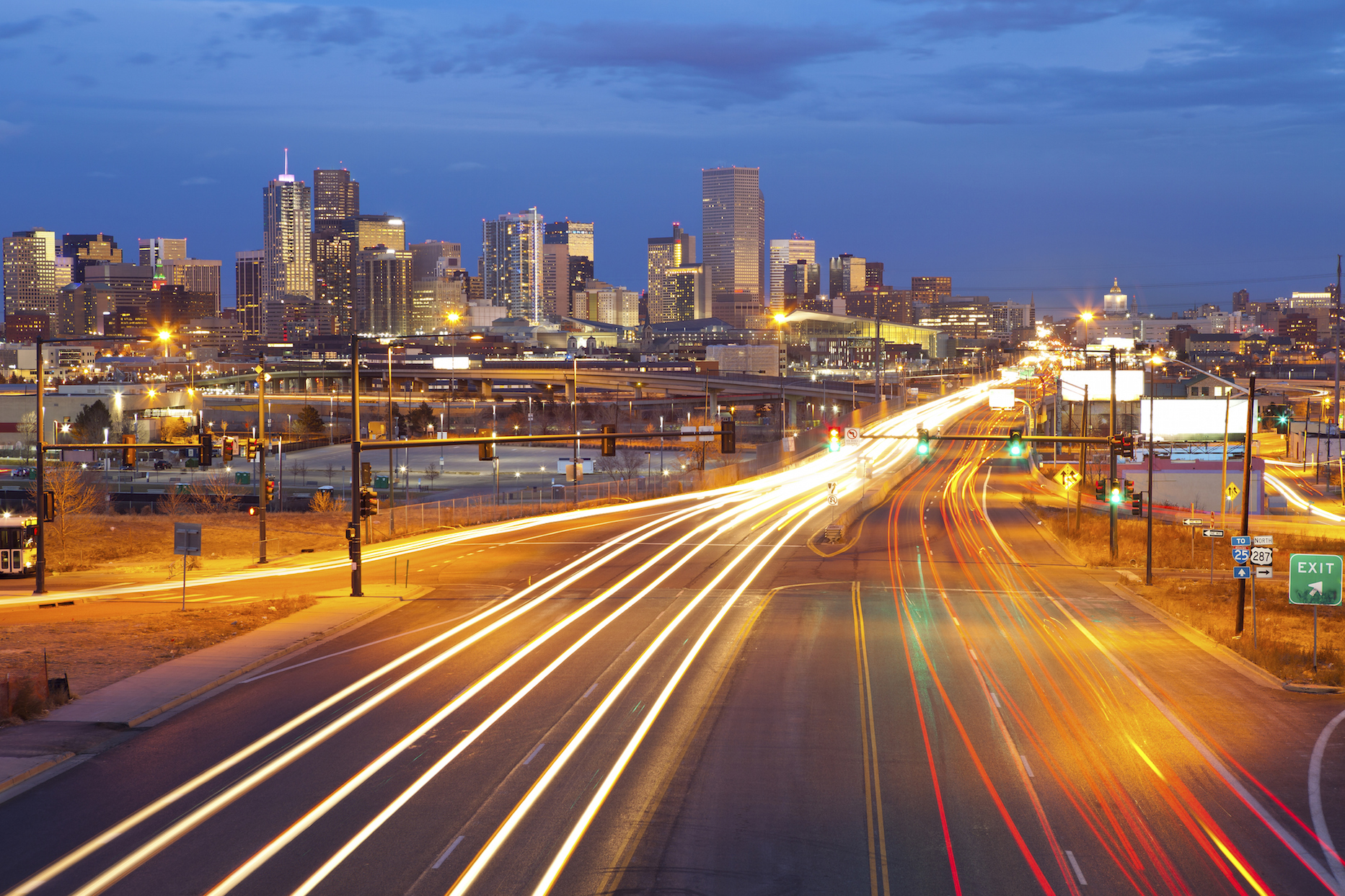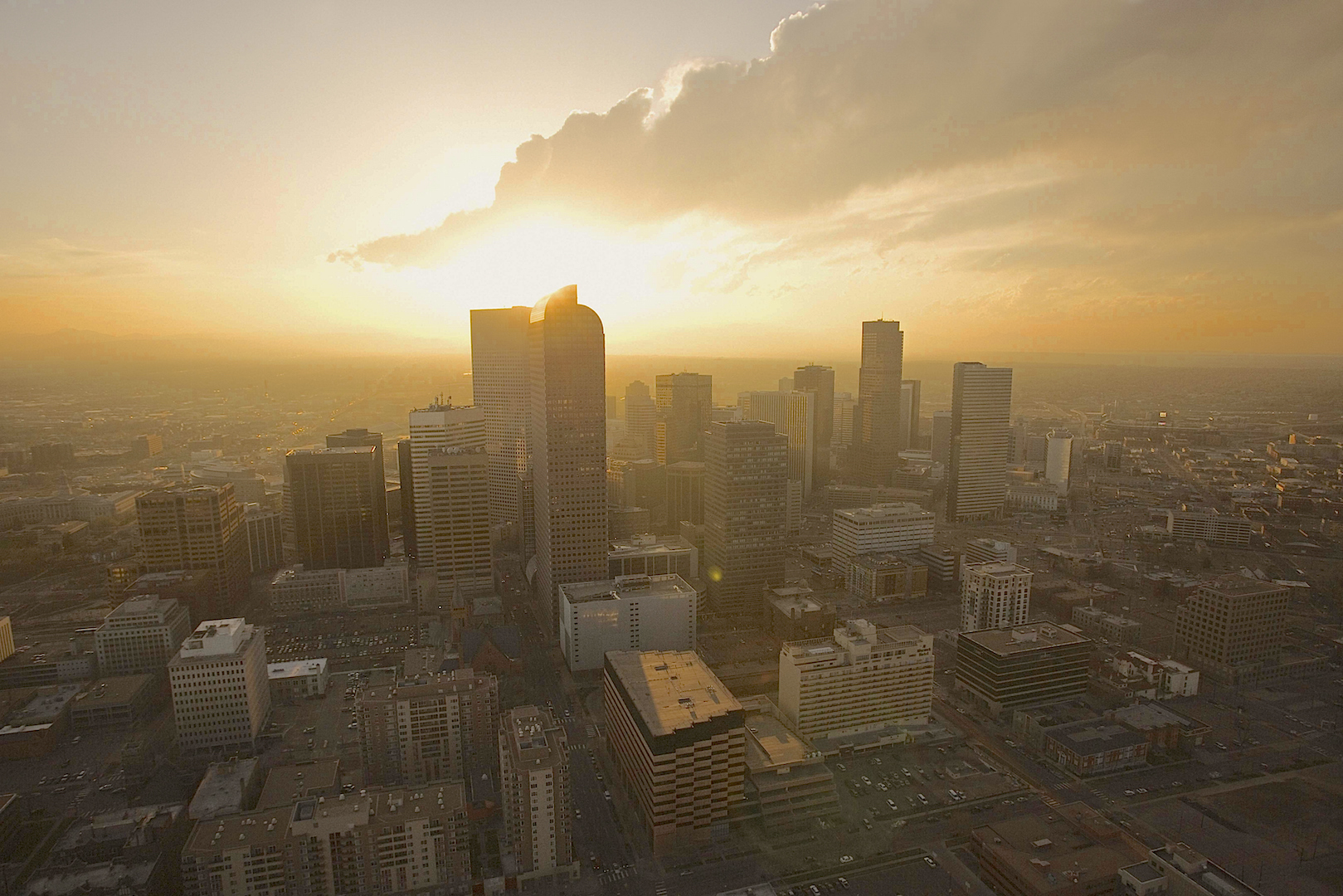As Earth Day approaches this weekend, it’s an opportune time to reflect on how Denver ranks in regards to environmental issues. We may be a “green” place in some ways, but the overall outlook is embarrassingly abysmal. There are many factors at play in Denver’s mismanagement of its sustainability goals: booming population growth, climate change, lack of funding and lack of accountability in city officials and offices, to name a few.
In January, The Denver Post wrote an article about an audit which revealed Denver’s Office of Sustainability had no way to measure the progress of their 2020 sustainability goals much less any plans to meet them. Fortunately, there are other interested groups who are taking steps toward curbing some of the environmental faux-pas happenings in the city. Below, 303 Magazine has outlined several major sustainability problems in Denver, giving the city a ranking from A to F on how it is being handled, and provided details about how citizens can become more involved in solving those problems.
Climate
Grade: F
Report: Ask many Denverites what kind of climate Denver has and they might come up with words like “sunny.” What many people fail to realize is that Denver’s climate is arid — meaning it is extremely dry, with an average of 8 to 15 inches of rain each year. On top of the aridity, the urban heat island effect in Denver is the third worst in the nation. This means Denver’s temperature is usually several degrees higher than the surrounding areas with less development or more vegetation. Heat kills more people than any other weather-related incident in the US, according to a Colorado Public Radio report last year. Emissions were on the rise until 2014 and have been reduced by .31% since then, according to the Denver Office of Sustainability. This means that at the rate we are going, we are behind schedule for lowering emissions to pre-1990 levels by 2018. Denver scores an F on climate because without significant improvement and management, the standard of living in Denver will drastically degrade with continually rising temperatures, emissions and inadequate amounts of water.

How to Improve: The urban heat island effect can be reversed with more vegetation or shade, less reflective surfaces and less pavement. Currently, a citizen-formed coalition is collecting signatures to place a proposal on the ballot for November for a Green Roof Initiative, where new developments and additions to buildings would be mandated to convert percentages of their roofs to “living roofs.” Other cities, such as San Francisco and Toronto have similar mandates, though not as strict as the one being proposed in Denver. Emission levels would decrease with more reliance on public transportation, something that can only be encouraged and not mandated. But with RTD’s $478.3 million operating budget, it might be worth your while to use public transportation rather than spending an extra $1,180 each year on your own car because of traffic (a number we will discuss in another section.)

Recycle/Compost
Grade: D
Report: A report by the Colorado Public Interest Research Group (CoPIRG) and Eco-Cycle at the end of last year nailed Denver for being “abysmal” at recycling, with a recycling rate of 18 percent, lower than many other cities in Colorado and around the country. With light enforcement and non-existent guidelines for businesses and apartment buildings to recycle and compost, Denver seems to be sweeping the growing issue of waste under the carpet. Even the Colorado Department of Public Health and Environment is confused with what Denver plans to do in the near future, as landfills are filling up and available space for new ones are usually taken up by developers for residential units. Although the recycling and compost ratings are terrible, Denver still ranks above many other cities in the nation and is surrounded by other cities with recycling rates in the 60 or 70 percent margin, moving it from an F to a D.

How to Improve: In January, 303 wrote an article about this report’s findings and how citizens and the city could improve the amount of recycled items in proportion to trashed items, or the recycling rate. The most important point to note is that recycle bins must follow the accepted recycled material guidelines or else everything will be trashed. As a homeowner in Denver, you can request a recycle bin for your house, as you would a trash bin, but you must pay for a compost container. This kind of financial disincentive is foul-play when it comes to improving sustainability goals and public officials need to be reminded by concerned citizens if anything is to change.
Traffic
Grade: C+
Report: Denver drivers spend an average of 36 hours in congested traffic each year, according to a report by Inrix Inc. Maybe this seems like a low number, if you find yourself driving at least two hours every weekday. Or maybe this is outrageously high to you. But consider L.A’s number of 104.1 hours per year and Denver pales in comparison. The cost of traffic for each driver is estimated at $1,180 per year in Denver, which is calculated by the lost time, the additional fuel expenses and the “social costs” of dealing with traffic (both physically and psychologically). Traffic emissions are the number one source of air pollution in the Denver area, even outweighing the industrial northeast quadrant where the oil refinery and other factories dominate.
Currently under much controversy is the I-70 expansion plans between Brighton Boulevard and Chambers Road by the Colorado Department of Transportation (CDOT). Although CDOT officials are moving ahead until told not to by a judge, the Sierra Club has filed a lawsuit against the Environmental Protection Agency (EPA) over federal air-quality standards that have been side-stepped in the first stages of the expansion planning and are reportedly soon to be challenging CDOT in a separate case for dismissal of air quality standards with the project. The other major opponents to the I-70 expansion is challenging it based on the negative impacts that may accumulate in neighborhoods already impacted by traffic and industry in that corridor.
Traffic receives a C+ because there are many plans in place or in mind for how to deal with growing congestion and maintenance of roads, but the plans are costly and controversial and citizens are not demanding better public transportation. In comparison to other major US cities, Denver falls roughly in the middle.

How to Improve: Public transportation poses a solution to this problem, as well as improving emission problems associated with climate. But, Denver would probably need even more infrastructure development, more funding and more support from the communities that will be affected than CDOT is asking for road development and maintenance. Moving around Aurora and the central areas of Denver are the most efficient on buses and light-rail, though many other neighborhoods lack enough transportation to feasibly go where needed without a car in a reasonable amount of time. Surprisingly, it was recently discovered that ride-share programs, like Uber and Lyft are increasing the congestion on Denver roads. So instead of chartering a single-rider car for a saucy-night-out, it might be considerate to put demand on carpooling services and public transport for the sanity of those who need to drive.
Energy
Grade: B+
Report: Colorado ranks 11th in the nation for solar output, dropping from number 10 in 2016. Instead of investing the majority of the budget for solar though, Colorado focuses on wind energy. In 2016, 17 percent of all energy generated in the state came from wind power. Perhaps because much of the value of the state comes from its natural bounties and recreational opportunities, the energy sector is the most progressive in trying to attain sustainability goals. According to the Colorado Energy Office, this is because, “Technological innovation and the reduction in manufacturing costs have positioned wind and solar resources as the most prolific and cost competitive renewable resources in the market.” In other words, if moral incentive isn’t enough to save the environment, do it because it’s cheaper.

The reason this section did not receive an A is because Colorado may be in the top lists of “green energy” states, but Denver has a blight on its record with the Suncor oil refinery. In October last year and again in March this year, the refinery belched copious amounts of toxic air pollutants into the air because Xcel Energy experienced a few different power outages from unrelated causes. Since 2013, and not including the most recent two incidents, Suncor has been challenged in five cases by state regulators over air quality standards.
How to Improve: Homeowners have the most obvious power to increase usage of renewable energy sources by installing solar panels or other alternative energy generators. As a renter, the best course of action is to vote with your dollars — or, support businesses that use renewable energy to power their facilities over ones that do not. There is always the option to contact your representatives and let them know that renewable energy development is important to you as a constituent.
—
The general report is that Denver could apply itself more to preventing and solving these issues. The complexity of them is certain, but the consequences will be swift and severe if nothing is done. People want to move to Denver now, but if temperatures rise 10 degrees, landfills start overflowing and traffic congests the city at all hours of the day and night, it might lose some of its appeal for newcomers and natives alike. The point of becoming more sustainable is to ensure that future generations can enjoy Denver like we do, and hopefully, even more so.
All photos courtesy of Thinkstock unless otherwise noted.






I’ve visited Denver several times and can vouch for how dry the heat is!